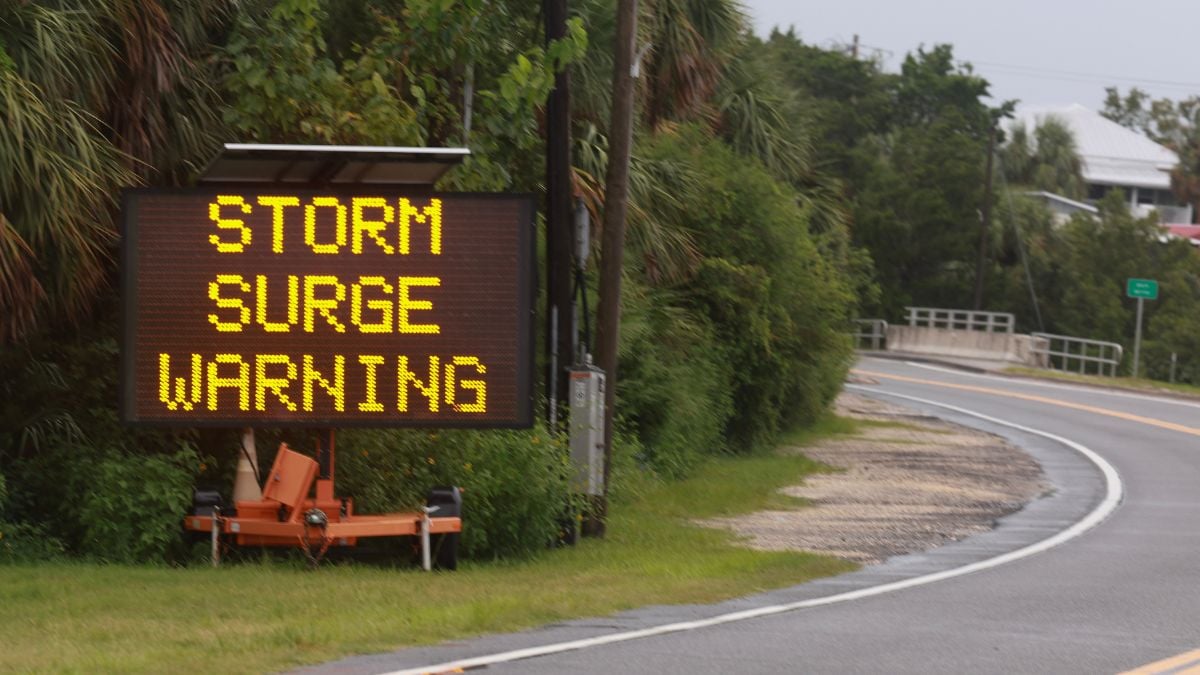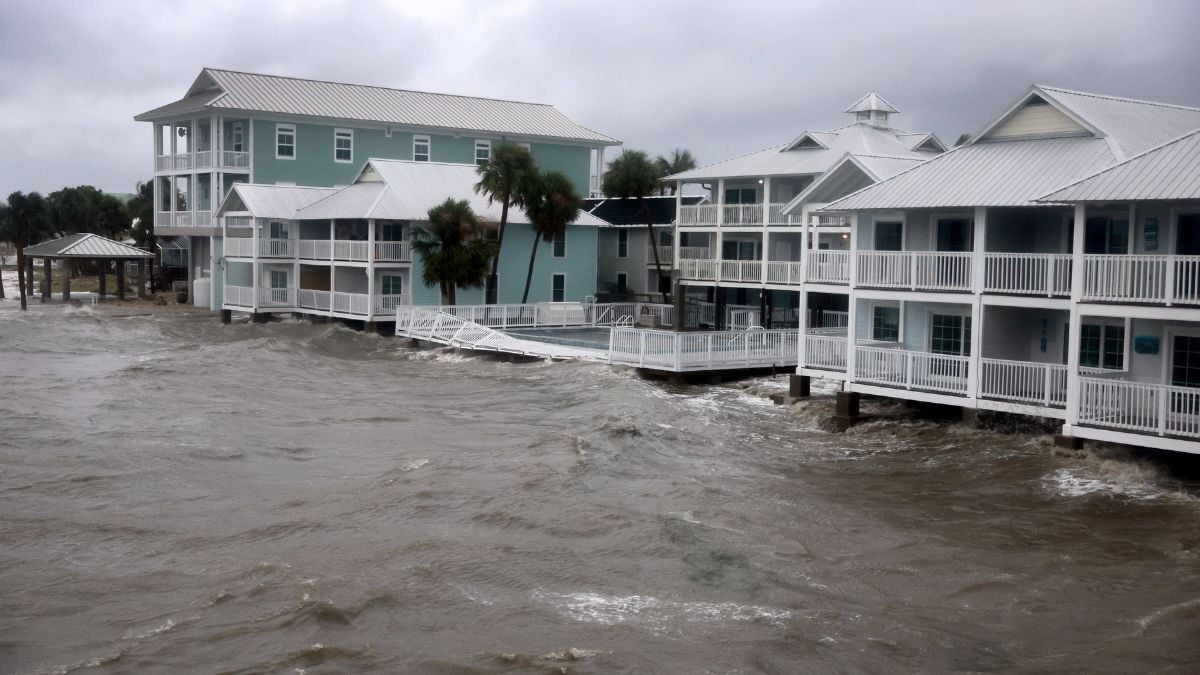Global climate change puts human lives at risk every single day.
With each passing year, we see the threat of climate change threaten more homes, habitats, and humans than it did the year before, as tornadoes, fires, hurricanes, tsunamis, earthquakes, and even heavy rainstorms destroy swaths of populated areas and remind us that no amount of human innovation will ever surpass the might of nature.
Thus far in 2024, natural disasters have largely been lower than in recent years. While we’re still certainly experiencing loss of life due to, in particular, wildfires, hurricanes have yet to leave as much of a tragic mark on the year. There’s a scientific cause behind the notably small number of hurricanes so far this year, but don’t get too optimistic — the worst is still ahead.
What’s with the decline in hurricanes in 2024?

Typically, you know a storm system is going to be bad when it earns itself a name. Anything considered less important is allowed to breeze by in anonymity, but when scientists predict damage, a designation is quick to follow.
The last storm system to earn a name was Ernesto, which struck Bermuda as a Category 1 hurricane on Aug. 17. It formed on Aug. 12, however, which leaves a gap of nearly a month with no notable storm formations. The last time there were no named storms between Aug. 12 and Sept. 3, per Philip Klotzbach, a senior research scientist at Colorado State University, was in 1968. That’s more than 50 years.
As for the reason behind this brief respite? That comes down to “the Saharan Dust moving across the Atlantic Ocean,” according to ABC News, which has been drying out the area and, as a result, tamping down on hurricane formation. A larger-than usual amount of dust and dry air hit the tropical Atlantic across July and August, carried in by waves that formed farther North than usual, and limited opportunities for those massive storm fronts to form.
That’s pairing with abnormal rainfall across areas of Africa, which likewise alters the way storms form. Smaller storms shift across the Atlantic, come in contact with that dry, dusty air, and fail to develop into the intense weather we’ve come to expect right around this time of year.
That’s all set to come to an end, unfortunately, and soon. September 10 is, according to the National Hurricane Center, the peak of Atlantic hurricane season, which likely means that another named storm is already incoming. Toward the middle of September, experts warn that we’re likely to see this initially tame season turn a corner.
Thus far in the season, we’ve experienced five named storms, three of them hurricanes, and experts expect quite a few more. NOAA’s hurricane outlook predicts between 17 and 25 named storms in total, and between eight and 13 of those are expected to become hurricanes. We may even see a few — between four and seven, according to data — reach major hurricane strength.
There are no major concerns at this time, but we’re still on track to see yet another record-breaking year where storms are concerned, keeping up the cursed trend of living in the unwelcome era of unprecedented times.

